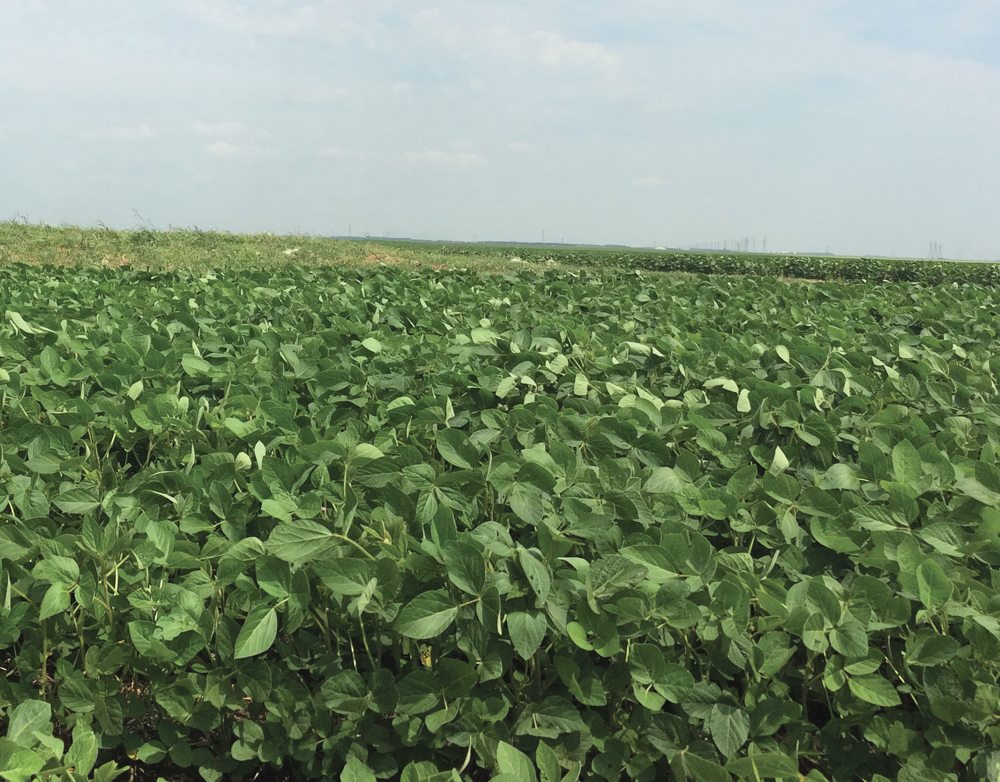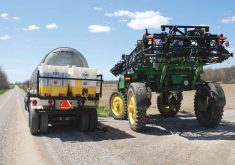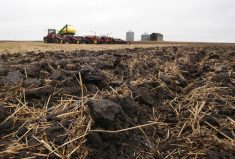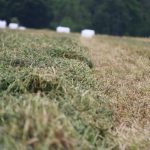Manitoba is a unique place to farm in the western Canadian Prairies. We enjoy a relatively long growing season, good rainfall (sometimes too much) and have the support of many industry partners, testing a wide range of crop types with adaptation to our climate. With all the crop options we have, a diverse crop rotation seems like a no-brainer, but annually there are always stories of the farmer who planted canola on canola and had a wreck.
Sometimes back-to-back same crop is inevitable, but as a business plan, it is a risky one. Consistently, data from Manitoba Agricultural Services Corporation (MASC) has shown lower yields when a crop is planted back on its own stubble from the previous year. The same ‘crop rotation chart’ also shows trends for a number of other crop-stubble combinations that have higher-than-average yields. Utilizing the single-year interactions and looking at optimal breaks between the same crop can help give confidence on how frequently to grow the same crop and what other crops would perform better after others.
Read Also

How much nitrogen can farmers really cut?
Manitoba fertilizer trials look for nitrification inhibitor sweet spot, to lower greenhouse gas emissions and cost without hurting yield.
Plan next year’s crop by considering preceding stubble type
Using the crop rotation data in Table 1 (below) to assist in 2018 upcoming planting decisions can help give a yield edge to your next crop. Please cross-reference to Table 2 (below) to give you an idea of how many fields the results were gathered from. For example, flax on field pea stubble equals 148 per cent potential yield looks amazing, but one per cent of flax acres had that crop sequence. That should make you skeptical that the results could be more due to chance versus a true trend. In addition to the crop rotation charts, financial information should be included to determine if the rotation sequence net returns are positive. A good resource to utilize is Manitoba Agriculture’s Guidelines for Estimating Crop Production Costs.


Plan for break years between same crop type
A common question when talking about crop rotation usually is, “How often can I grow canola/soybeans?” Crops that continue to hold good value in the commodity market and yield on your farm, is where you should start building your rotation. The risk though is too much of a good thing can go bad quickly and in this case, that could mean reduced yield potential.
The MASC database from 2000-16 was analyzed for annual crop yield and break spacing between the same crop. If a one-year break occurs between the same crop, a positive yield response was found in spring wheat, oat, barley, canola and grain corn. In flax, field peas, non-oil sunflowers and soybeans, it took a three-year break between the same crop types to see a positive yield response. In all crop types, except field peas, the three-year break between the same crop (or a one-in-four-year rotation) showed the highest crop yields.
Not able to wait for three-year break between crops? Look at the orange bars in Figure 1 (below) to show what break intervals contributed to more consistent yield increases. The orange break years show yields higher than the average annual crop in more than 80 per cent of the years analyzed. None of single crop type/break-year combination yielded higher than the average all year — there are always unknowns that can jeopardize yield, regardless of the crop rotation.

Good crop rotations are not only about yield
The MASC data is a good indicator of trends in yield, but does not capture all the input and management information that occurred. Other items to keep in mind when designing crop rotations are potential for disease propagation, weed/volunteer control, herbicide-resistant weed development, soil nutrient mining, soil moisture depletion and building organic matter levels. Record-keeping on crop types, pesticide use, nutrient level and soil attributes based on soil tests will also help in refining your crop rotation to make it more resilient. Looking for more information or assistance? Visit the Manitoba Agriculture website or contact the Crop Knowledge Centre at 204-745-5663 to speak to crop specialists who can answer your specific questions.
Anastasia Kubinec is manager of crop industry development for Manitoba Agriculture. You’ll find more information like this in the latest issue of Yield Manitoba which was included in the Feb. 15 issue of the Manitoba Co-operator.














